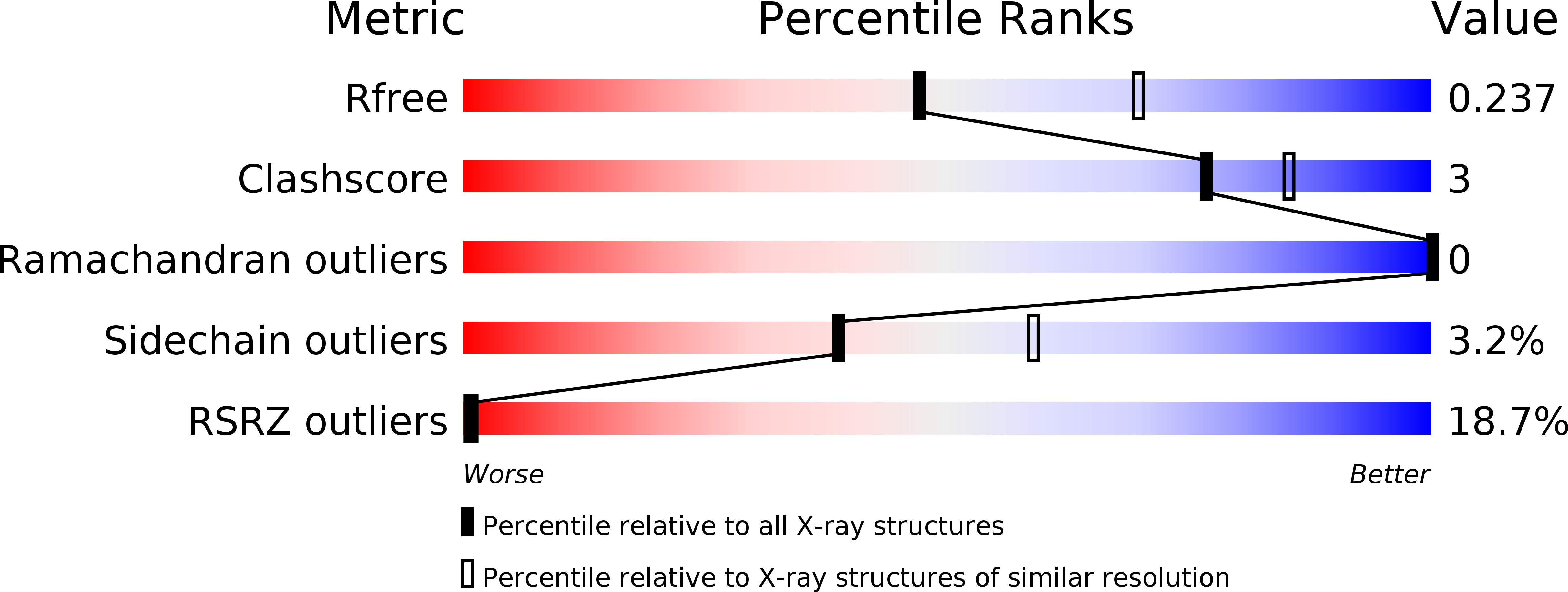
Deposition Date
2017-05-27
Release Date
2018-03-28
Last Version Date
2024-10-16
Entry Detail
Biological Source:
Source Organism:
Homo sapiens (Taxon ID: 9606)
Escherichia coli (strain K12) (Taxon ID: 83333)
Escherichia coli (strain K12) (Taxon ID: 83333)
Host Organism:
Method Details:
Experimental Method:
Resolution:
2.40 Å
R-Value Free:
0.23
R-Value Work:
0.19
R-Value Observed:
0.19
Space Group:
P 63 2 2


